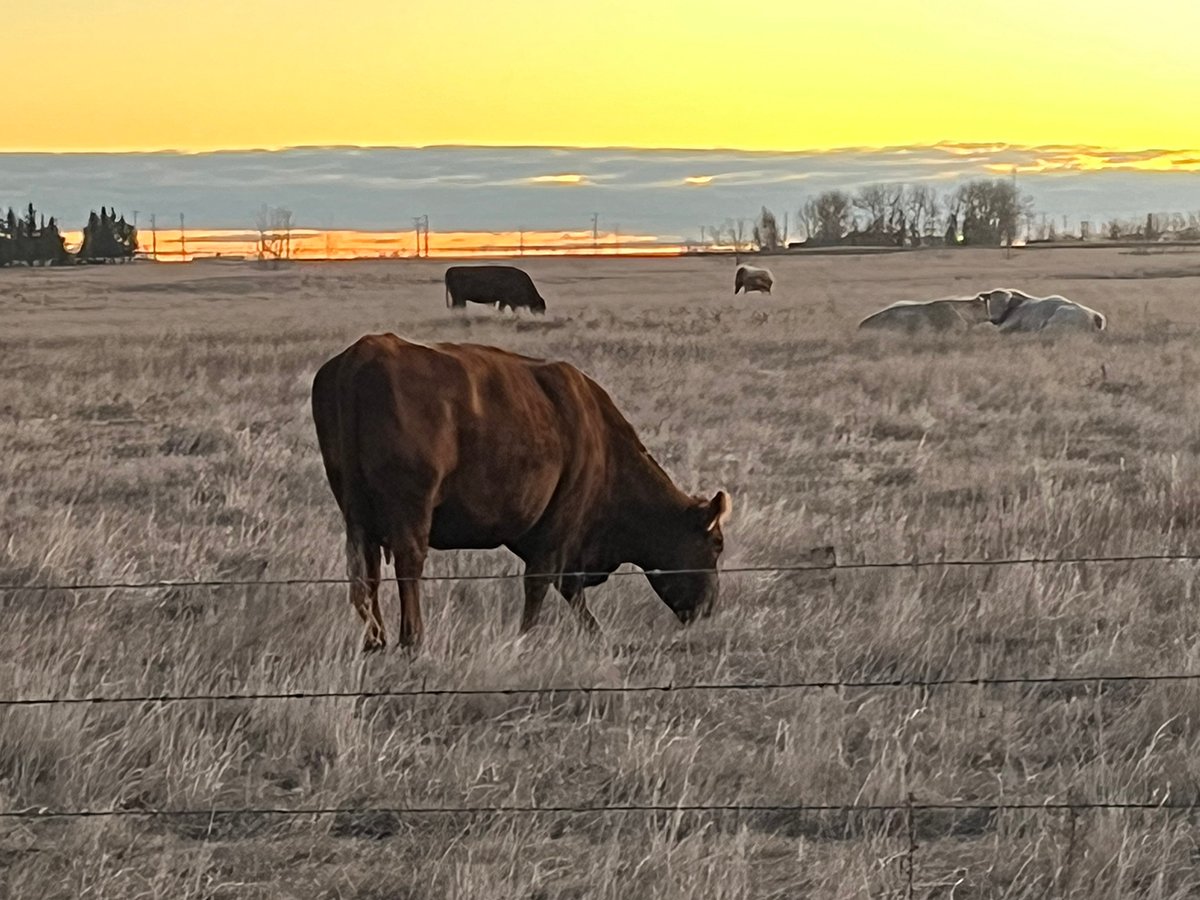About 80 percent of North America’s wildfowl is produced on the Canadian Prairies but the total duck population is down almost 50 percent since 1970.
Shrinking wetlands and loss of nesting areas have contributed to the declining duck population, which conservation groups hope to restore through agreements like the North American Waterfowl Management Plan.
“The Seventies was a benchmark because land had the capacity to produce waterfowl in relation to the wetlands,” said Dave Kay of Ducks Unlimited at the Alberta Conservation Association annual meeting in Calgary last week.
Read Also

Animal protection delivery to change in Saskatchewan
The Saskatchewan government is looking for a new agency to handle animal welfare after Animal Protection Services of Saskatchewan decided not to renew its contract next year.
Using pintail ducks as an example, he said before 1982 their numbers waxed and waned depending on water availability. They did not seem to recover after 1982.
“Wetland conditions have remained fairly constant but their population hasn’t,” he said.
This variety of duck prefers seasonal wetlands and will nest in cropland and stubble. If they lose their nests, they do not start over like mallards. Summerfallow favoured them and that practice has lessened, providing fewer nesting places.
Ducks Unlimited would like to return the landscape back to what it was in the 1970s to restore habitat. Part of that restoration can be done through direct land purchases, conservation easements, natural grassland establishment and cropland conversion.
Research is needed to quantify the distribution and abundance of wetlands on the Prairies.
Conservation groups need to work with the federal government’s agriculture policy framework and its promises of more biodiversity, said Kay.
They also need to bring Alberta Agriculture and watershed planning groups on side to preserve and restore wetlands. Setting aside habitat could be part of a farmer’s environmental farm plan. At the same time landowners should be compensated for supporting wetlands and wildlife, said Kay.















